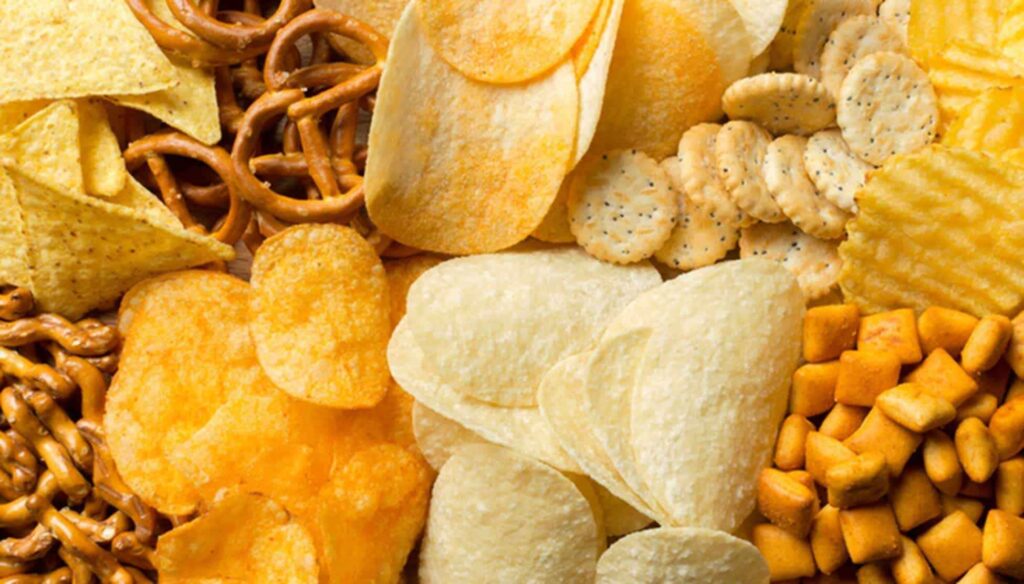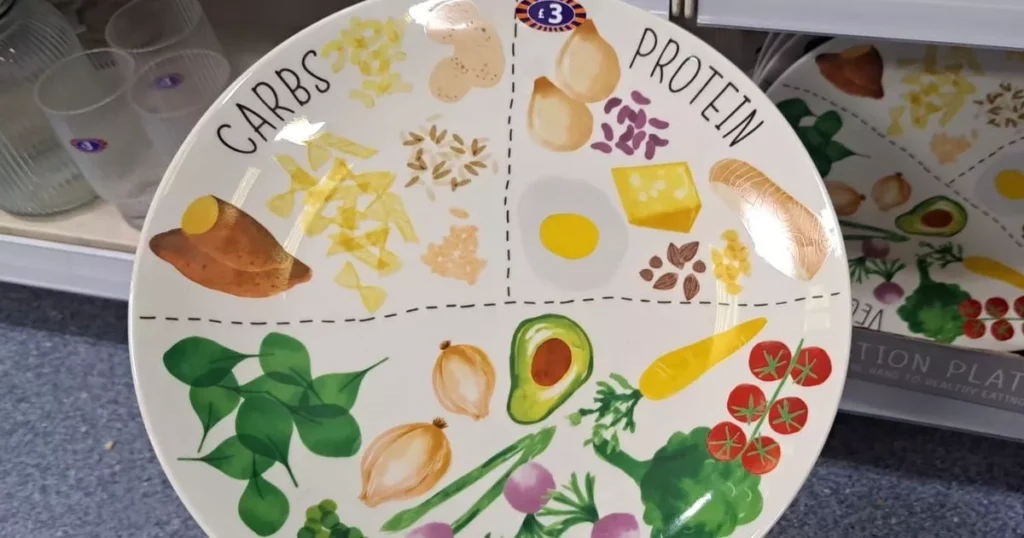In a world of supersized meals, oversized plates, and constant snacking, understanding how to manage portion sizes and develop healthier eating habits has never been more crucial.
Healthy Eating & Portion Control is the effective methods to help people overcome obesity, improve metabolic health, and naturally reduce calorie intake.
The Caloric Surge Since 1970
According to recent research, modern adults would need to consume 500 fewer calories per day to return to the healthier intake levels of the 1970s. For children, that number is around 350 calories less per day. The culprit? It’s not just a lack of physical activity but largely increased portion sizes and mindless snacking.
Healthy Eating – Why Portion Sizes Matter
The size of your portions can significantly impact weight loss and overall health. Many people unknowingly consume multiple servings from packaged foods without checking the recommended serving size. For example, grabbing a bag of almonds and eating handfuls can easily lead to excess calorie consumption, even if the food is technically “healthy.”
Tip: Always check the serving size on packaging and aim to consume only the suggested amount.

The Snacking Problem
Snacking between meals—whether it’s chips, cookies, or sweets—leads to elevated insulin and blood sugar levels, making it harder for the body to enter a fat-burning state. Instead of grazing all day, fasting between meals to allow your metabolism time to rest and reset.

Create a Balanced Plate
Healthy Eating and a balanced plate should include:
- Green, leafy vegetables
- High-quality protein
- Healthy fats like avocado or olive oil
Reduce or eliminate starchy carbs, especially at the beginning of your meal. Starting with carbs may cause you to eat more and feel less satiated.
Listen to Your Body—But Carefully
Pay attention to fullness signals. Stop eating when you’re content, not stuffed. However, if you have a metabolically unhealthy body, your hormones—like leptin (the “fullness hormone”)—may not work properly, causing you to overeat despite being full.
In such cases, relying on internal signals alone may not be enough, and structured strategies like calorie counting can help.
Try Calorie Counting (Mindfully)
While we don’t promote calorie counting as a lifestyle, it can be a helpful short-term tool—especially for those struggling with portion awareness or hormonal imbalances. It provides clarity on how much you should be eating based on factors like age, size, and activity level.
Caution: Calorie counting only works when paired with nutrient-dense foods. Tracking empty calories from junk food will not improve your health, even if you’re in a deficit.
Intermittent Fasting & OMAD (One Meal A Day)
Intermittent fasting (IF) helps reduce daily food intake by limiting eating to a shorter window—typically 8 hours. It helps eliminate snacking and naturally reduces calories without requiring complex tracking.
For more advanced eaters, OMAD (One Meal A Day) is a strategy where all calories are consumed in a 1–2 hour window. This extreme approach isn’t for everyone but can effectively restrict portion sizes naturally and quickly.

The Keto Advantage
The ketogenic diet for its ability to help reset the metabolism and reduce cravings. By minimizing carbs and focusing on fats and proteins, keto helps balance hunger hormones, making it easier to stick to proper portions and resist overeating.
Final Thoughts
Healthy eating and portion control are not about strict diets or deprivation. They’re about understanding your body, making smarter food choices, and creating a sustainable lifestyle. Whether through fasting, tracking, balanced meals, or keto, small, consistent changes can lead to big results.
Follow UState Pulse news for more healthy tips, expert insights, wellness trends, and practical advice to boost your mind and body daily.